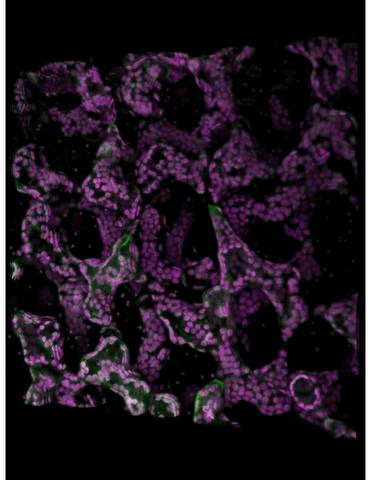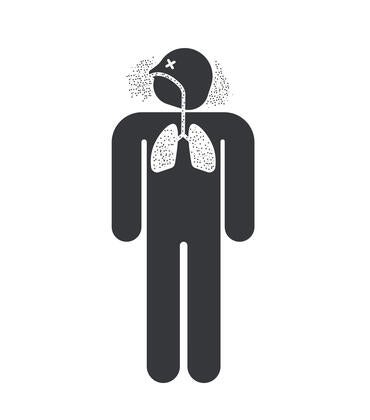
The National Science Foundation, or NSF, has renewed funding for a UC Riverside laboratory solving big environmental and agricultural challenges with very small chemical particles called nanomaterials.
NSF’s Center for Sustainable Nanotechnology is a collaboration between 11 universities, including UCR, and two national laboratories. It has received $20 million from the NSF Division of Chemistry to continue its world health-improving quest for the next five years.
UCR plant biologist Juan Pablo Giraldo joined the center in 2018. His laboratory studies ways in which nanomaterials affect plants, and how they can be used to monitor and encourage crop growth.
“We are working on more sustainable ways to feed the world,” Giraldo said.
A human hair is roughly 100 microns wide and a nanomaterial is about 1,000 times smaller than a human hair. The comparative size of 1 nanometer to 1 meter is the same as that of a marble to the Earth.
There are many ways plants interact with nanoparticles dispersed into the environment through industrial processes. Nanoparticles, such as zinc oxide in sunscreens, silver oxides used as antibacterial agents, and lithium-cobalt nanoparticles in car batteries, can enter groundwater systems.
“Naturally occurring nanomaterials, like sand, are things to which our bodies and the environment have adapted,” said Robert Hamers, a University of Wisconsin Madison chemistry professor and the center’s director. “Engineered nanomaterials have not been in the environment for a long time, so biological systems have not adapted to challenges they present, leaving the potential for greater environmental impacts.”
In other words, interactions between nanoparticles and living things can be positive or negative, depending on the chemistry, Giraldo explained.
“That’s what we’re trying to understand,” he said. “By changing the nanoparticles, how can we make them benign, less harmful, and in some cases, beneficial.”
For example, Giraldo said cerium oxide nanoparticles, which are used in solar cells and automotive exhaust treatment, can also act as antioxidants that his lab uses to improve plant tolerance to stress. Silica nanoparticles, used in the manufacturing of rubber, plastics, and concrete, can also be vehicles to deliver agrochemicals like fertilizers and pesticides. And copper-based nanoparticles can help improve plant resistance to diseases and fungi.
As a whole, the center is focused on the basic ways in which both biological molecules and nanoparticles are affected when the two interact. There is also a strong focus on outreach and workforce development, and the center serves as a training ground for graduate students.
Giraldo’s laboratory award, about $800,000, funds doctoral and undergraduate students, as well as a postdoctoral researcher, as part of the center’s work.
The Center for Sustainable Nanotechnology started in 2015 under the NSF’s Centers for Chemical Innovation. Its creation was motivated by the fact that nanomaterials are increasingly used in technologies such as energy storage, water purification, generation of solar fuels and more, yet their interactions with the environment are poorly understood.
“The NSF Centers for Chemical Innovation, or CCIs, are transforming the way we do science by engaging interdisciplinary, multi-institutional teams to take on grand challenges in the field,” said David Berkowitz, Division Director of Chemistry. “The Center for Sustainable Nanotechnology, one of the CCIs, is performing important research that will guide the development of sustainable nanotechnologies, a key element of the industries of the future.”





